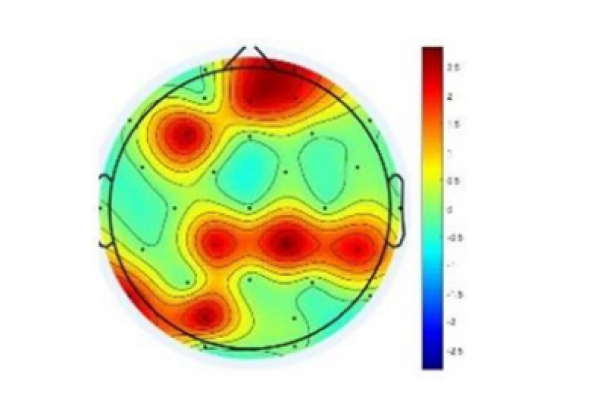Fractal-based analysis of the influence of variations of rhythmic patterns of music on the human brain
Analysis of human behavior is one of the major research topics in neuroscience. It is known that human behavior is related to brain activity. In this way, the analysis of human brain activity is the root of the analysis of his behavior.
Analysis of human behavior is one of the major research topics in neuroscience. It is known that human behavior is related to brain activity. In this way, the analysis of human brain activity is the root of the analysis of his behavior. Electroencephalography (EEG) as one of the most famous methods for measuring brain activity generates a chaotic signal, which has a fractal characteristic. This study reveals the relation between the fractal structure (complexity) of human EEG signals and the applied auditory stimuli. For this purpose, we chose a range of auditory stimuli with different rhythmic patterns. We demonstrated that the fractal structure of human EEG signals changes significantly based on different rhythmic patterns.
The fractal theory is a useful approach to studying the scaling properties of different biomedical time series and patterns. A fractal is a natural phenomenon or a mathematical set that exhibits a repeating pattern that displays at every scale (self-similar).
The results showed that fractal analysis can detect the difference in brain reactions to variations of the rhythmic pattern in music. The behavior seen in this research can be explained through the auditory nervous system. When a human hears an auditory stimulus, the vibration of sound is transduced into electrical activity in nerve fibers, which is transmitted to the brain, and accordingly brain percepts the sound. Thus, based on our result, when the rhythmic pattern of music is changed, the strength of the message that is sent to the brain changes, which accordingly causes the variation in the complexity of brain response (EEG signal).
Although the main purpose of this research was to study the relationship between the variations of EEG signals and rhythmic patterns of auditory stimuli, however, based on the works done on the analysis of the influence of external stimuli on human actions such as walking, we can study the relationship between the complexities of EEG signal and human actions that affected by external stimuli. If we can find the proper correlation, it can explain the relationship between human brain activity and behavior in the case of different stimuli.





Related Posts